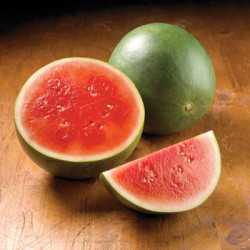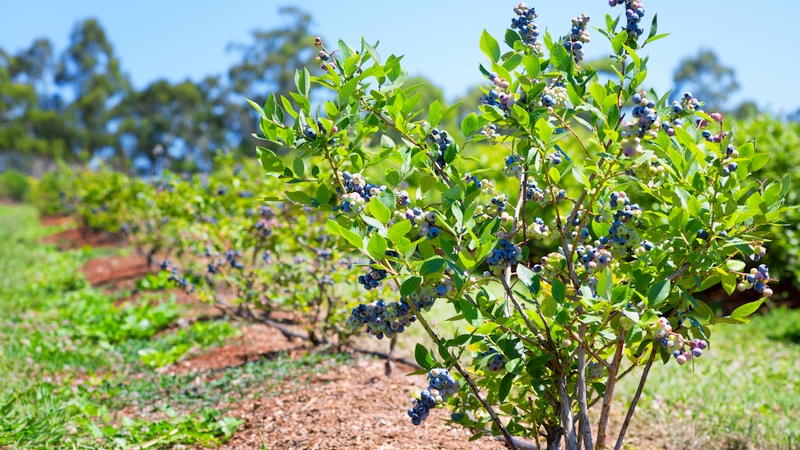Mini Melon Craze Leads To Future Trend Predictions

Americans love their melons. They savor the sweet musky aroma of fresh cantaloupe, and delight in the juicy-wet crunch of ripe watermelon. Not only are they savvy about finding quality melons, but U.S. consumers are increasingly drawn to specialty melons, as well.
Year-round availability of the traditional favorites — watermelon, cantaloupe, and honeydew — has secured a permanent place for melons in the produce section. Domestic production is strong between April and November, while the warm, frost-free growing regions in Mexico and Central America maintain the U.S. supply from November to May.
“We are coming to a time in the winter melon season that the consumer will be very pleased with quality through the balance of the season,” says Michael Warren, president of Central American Produce, Inc., the melon supplier for Mayan Pride and Mayan Sun brands with offshore production in Guatemala.
“In some parts of the (U.S.), limited shelf space is given to melons in the winter … even these retailers could have a few promotions a year to increase consumption in the winter months — increasing awareness that supplies of this category are always available and ultimately bringing weekly consumption to the next level,” Warren says.
Per capita consumption of all melon has remained around 25 pounds over the last 15 years, according to USDA’s Economic Research Service. With a goal to increase consumption, the industry is constantly trying to determine what consumers might like next and working to fill the void. Personal-sized watermelon is a prime example.
Bring On The Minis
“The ‘big surprise’ is the tremendous increase in production of personal watermelons in Guatemala and Honduras,” says Mauro Suazo, president of Suazo Agro International, LLC, an international produce consulting and services provider based in Pompano Beach, FL. “The U.S. market seems to have discovered the mini watermelon and likes it.”
The miniatures were considered specialty/seasonal, but now they are going to be supplied year-round, says Robert Schueller, director of public relations for Melissa’s/World Variety Produce, Inc., the largest U.S. distributor of specialty produce. “They have come a long way in a short amount of time,” Schueller says. “The main reason is their size makes it easier to chill and serve than traditional watermelon.”
Although consumption of traditional melons far outweighs that of specialty melons, consumers know more about them, thanks to inviting retail displays. Even so, says Suazo, “(Specialty) melons in the U.S. are common melons in Europe. The retailer should do a better job presenting ‘variety’ to its customers.”
The specialty category includes all melons except for the traditional cantaloupe, honeydew, and watermelon. Most specialty melons supplied by Melissa’s are grown domestically and are in season between May and late August. Newer varieties for the U.S. market include Sprite, a very sweet, smooth white variety, and the white-fleshed Koreanmelon with bright yellow skin and deep ridges.
The Tuscan and French Kiss have proven to be popular charentais and cantaloupe hybrid varieties.
“People understand more about specialty melons and are eager to learn about the new varieties,” Schueller says. “We have seen 10% growth every year for about five years now.”
Consumers have naturally become more selective when buying any type of melon. Overall, there continues to be a demand for varieties that have the highest brix, a firm cut, and the longest shelflife. Suazo says that consumers increasingly “understand what a good melon is.”
“Now they understand varieties, inside and outside appearance, and condition,” Suazo says. “Sizes at retail level continue to play a big part, although there are markets where size does not matter as much as quality does.”









